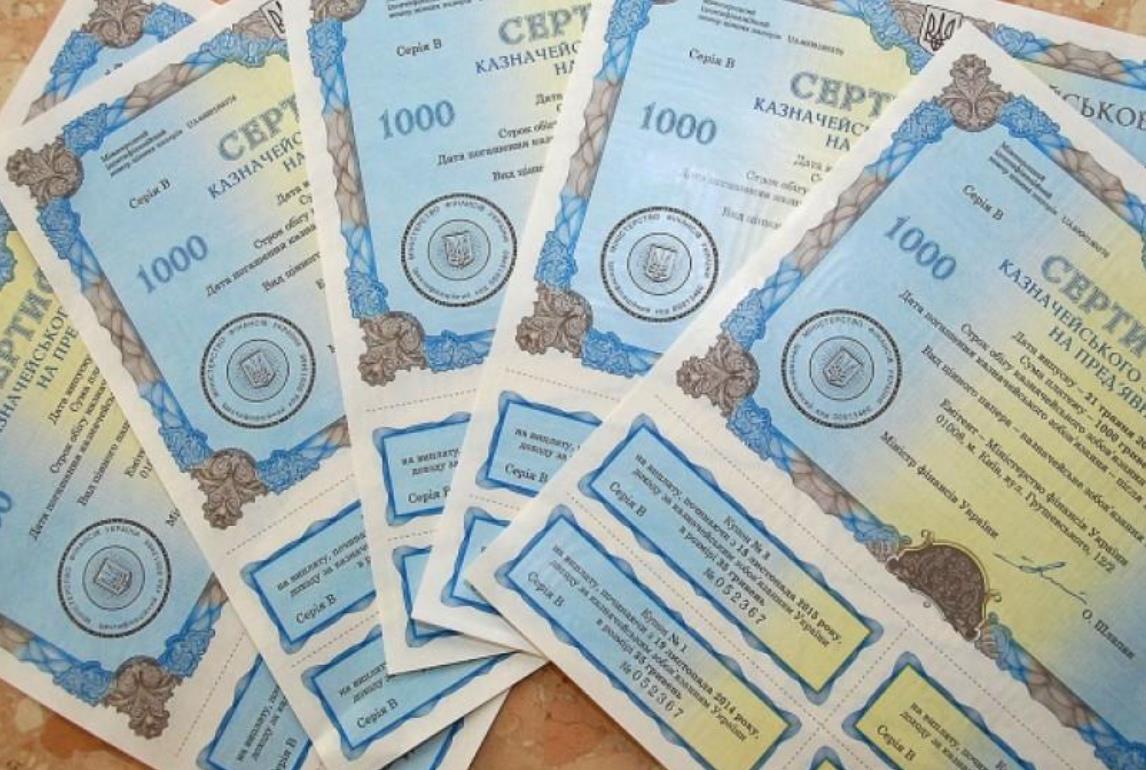Ukrainian domestic loan bonds.
Government bonds are debt securities issued by the government to support government spending and obligations. In some cases, they offer a low-risk investment option for individuals and institutions.
These bonds are critical to financing government projects and services, ensuring economic stability and growth by providing governments with a reliable source of financing.
Investing in government bonds helps diversify portfolios, providing predictable returns and contributing to the overall stability of financial markets.
The Ukrainian economy continues to demonstrate resilience despite war-related headwinds, and the outlook remains subject to exceptionally high uncertainty. The country needs sustained reform momentum to protect macroeconomic stability, restore fiscal and debt sustainability, strengthen institutional reforms, and lay the foundation for recovery efforts and a path to European Union membership.
The war-induced shock to the economy and tax base, coupled with increased defense and security spending, significantly undermined the government’s fiscal position. Despite government efforts to contain spending beyond defense and social transfers, the general government deficit reached a high of 20% of GDP, including foreign grants, in 2023, following a deficit of 14% the year before.
The Ukrainian government is seeking external commercial debt relief from the IMF to preserve financial sector liquidity and restore debt sustainability. Ukraine’s economy is projected to grow by an average of around 4-5% over the medium term, but recovery to pre-war levels is unlikely in the foreseeable future.
As a result, we forecast that the general government deficit, including grants, will remain very high at 17% of GDP this year. Assuming that security risks and associated military spending are reduced, the overall budget deficit could drop to an average of 6–7% of GDP in 2025–2027. A dynamic domestic debt market is important for the country’s macro-financial stability, which is a fuse for emission financing of the budget deficit , and, at the same time, the most important tool for improving the urgency of funds in the banking system, minimizing risks for the foreign exchange market and price stability.
The report examines Ukraine’s partnership with the World Bank Group and steps to expand the contingent of foreign investors, the role and place of the country in world credit ratings and these forecasts, comparisons with government bonds of different countries, zero-coupon yield curve coefficients in national and foreign currencies, the current fair value of securities securities and profitability analysis, Ukrainian credit default swaps and statistics on the sale and repayment of Government bonds.






